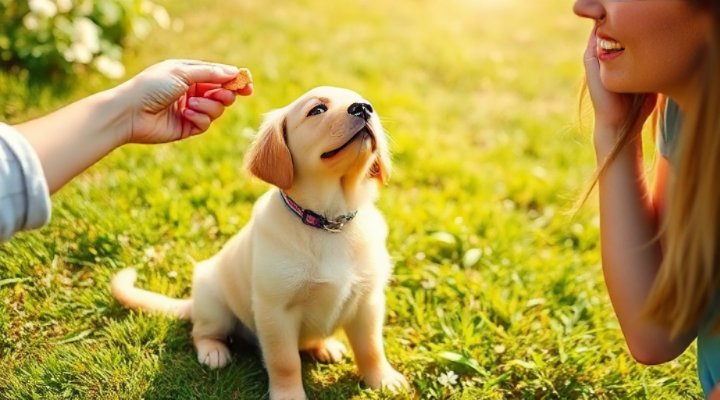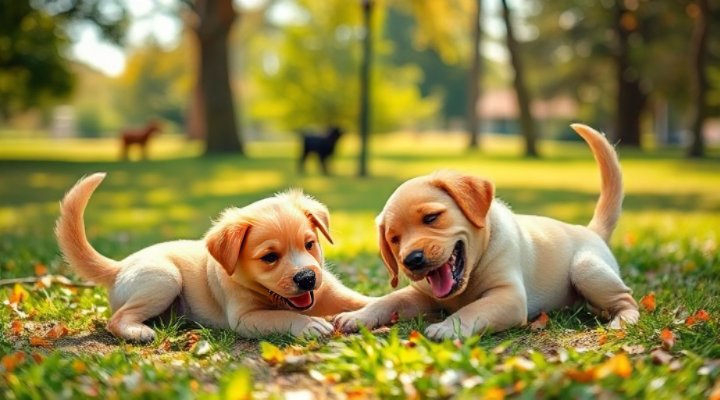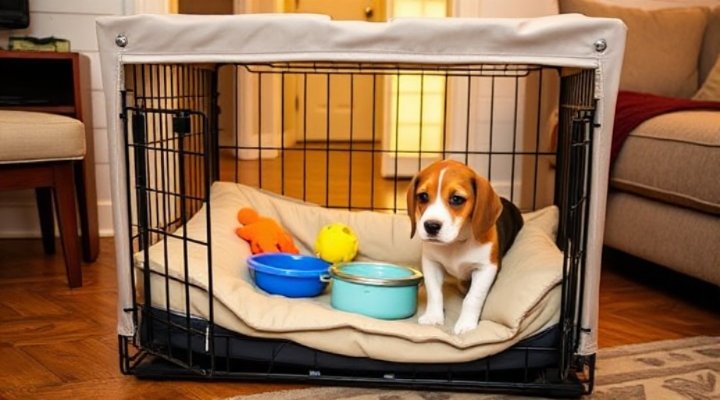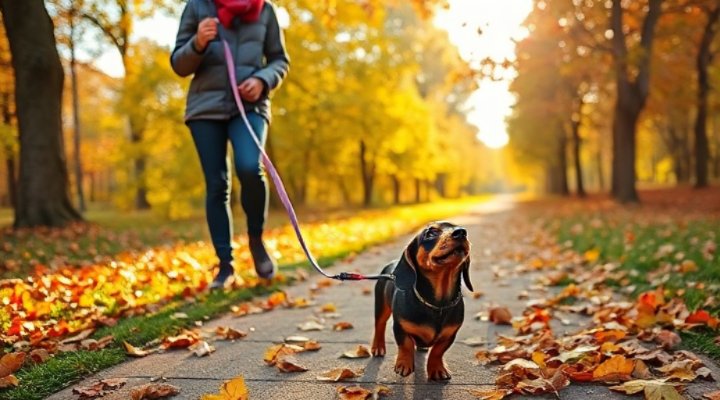Puppy training tips are essential for any new dog owner who wants to raise a well-adjusted adult dog. The first few months of a puppy’s life are crucial for establishing good habits and preventing behavior problems. In this comprehensive guide, we’ll share the most effective puppy training tips that will help you and your furry friend start off on the right paw.

Start With Basic Commands
Teaching basic commands is one of the most fundamental puppy training tips. Begin with simple commands like ‘sit’, ‘stay’, and ‘come’. Use positive reinforcement techniques, rewarding your puppy with treats and praise when they respond correctly. Remember, puppies have short attention spans, so keep training sessions brief (5-10 minutes) and fun. For more detailed guidance on basic commands, check out our article on how to train a puppy to sit.
Consistency is Key
One of the most important puppy training tips is maintaining consistency. Use the same words for commands and establish clear rules from day one. For example, if you don’t want your dog on the furniture, don’t occasionally allow it ‘just this once’. This mixed messaging will confuse your puppy and slow down training progress.

Socialization: A Critical Puppy Training Tip
Proper socialization is arguably the most crucial of all puppy training tips. Between 3-14 weeks of age, puppies go through a critical socialization period. Expose your puppy to various people, animals, environments, and sounds during this time. However, always ensure these experiences are positive and not overwhelming. The American Veterinary Society of Animal Behavior provides excellent resources on proper socialization techniques.
Puppy Playdates
Organizing playdates with other vaccinated puppies is one of the most enjoyable puppy training tips. These interactions teach your puppy appropriate play behavior and bite inhibition. Look for puppy socialization classes in your area or connect with other puppy owners through local dog parks or online communities.

House Training Essentials
House training is often the first challenge new puppy owners face. Here are some essential puppy training tips for successful housebreaking:
- Establish a regular feeding schedule
- Take your puppy out frequently (every 1-2 hours)
- Choose a specific potty area and always go there
- Praise and reward immediately after elimination
- Watch for signs like sniffing or circling
For more detailed house training advice, our guide on how to house train a puppy effectively covers all the bases.
Crate Training Benefits
One of the most valuable puppy training tips is to introduce crate training. Dogs are naturally den animals, and a properly introduced crate becomes a safe space for your puppy. It also aids in house training and prevents destructive behavior when you can’t supervise. Learn more about the best way to crate train a puppy in our dedicated article.

Bite Inhibition Training
Puppies explore the world with their mouths, which means nipping is inevitable. Teaching bite inhibition is one of those puppy training tips that will save you from painful nips later. When your puppy bites too hard during play, let out a high-pitched ‘ouch’ and stop playing momentarily. This mimics how littermates communicate pain thresholds.
Redirect Chewing
Provide plenty of appropriate chew toys and redirect your puppy to these when they start chewing on inappropriate items. Frozen washcloths or specially designed puppy teething toys can soothe sore gums during the teething phase.

Leash Training Fundamentals
Starting leash training early is among the most practical puppy training tips. Begin by letting your puppy wear their collar or harness around the house for short periods. Then attach the leash and let them drag it under supervision. Gradually progress to guided walks in your yard before venturing further. Our article on leash training a puppy offers step-by-step instructions.
Positive Associations
Make the leash a positive experience by associating it with treats, praise, and fun outings. Never use the leash for punishment, as this can create negative associations that make training more difficult.
Establishing a Routine
One of the most overlooked puppy training tips is establishing a consistent daily routine. Puppies thrive on predictability. Set regular times for meals, potty breaks, play sessions, training, and naps. A structured schedule helps your puppy understand what to expect and when, reducing anxiety and unwanted behaviors. For a complete schedule, see our puppy training schedule from 0-6 months.
Advanced Puppy Training Tips
Once your puppy has mastered the basics, you can move on to more advanced training. Consider enrolling in puppy classes or exploring online puppy training options. The American Kennel Club offers excellent resources for continuing your puppy’s education.
Patience and Persistence
The most important of all puppy training tips is to be patient and persistent. Every puppy learns at their own pace. Celebrate small victories and don’t get discouraged by setbacks. With time and consistency, your puppy will develop into a well-mannered adult dog.
Related Keywords: puppy obedience training, dog behavior training, positive reinforcement training, puppy socialization, crate training puppies, house training puppies, leash training puppies, puppy bite inhibition
